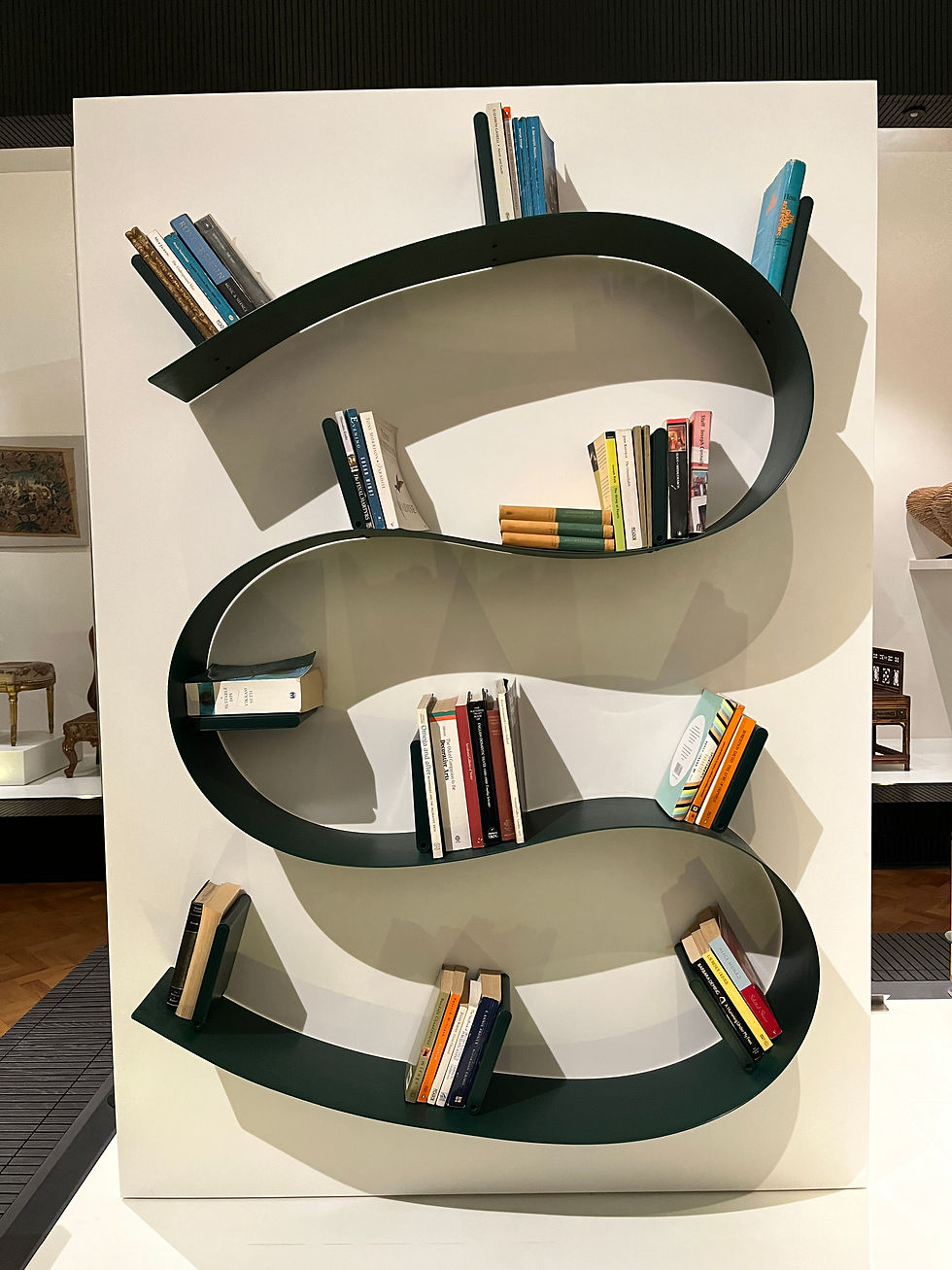Visit the V&A Museum
- Shuyin Wang
- Jun 12, 2023
- 2 min read
At the V&A Museum, I saw some impressive connections, such as gears, pulleys, bearings, etc... What I found interesting was that when I saw these mechanical structures, I knew that the objects were movable and their presence was a visual indicator that they could be turned or folded. This also gave me the idea that mechanical structures could be incorporated into furniture design to increase the interactivity of the furniture.
What I found interesting about these locks is that they expose the inner structure to the outside, and when you turn the key, you can see how the inner structure works, as if giving a sense of ritual to the act of opening the lock, rather than simply twisting the key.
‘Table=Chest’,Designed by Tomoko Azumi,1995
Material:Solid beech and beech veneer on MDF
This ingenious piece of furniture can be used as a small chest of drawers or unfolded to make a low table. The unfolding motion between one state and the other does not disturb the contents of the two drawers. Furthermore, the handles in the drawers, which can be opened from either side, allow it to be easily moved when it is folded as a chest. The design maximises space-saving within a small home by incorporating the potential for various uses. But unlike neutral, modular space-saving storage systems, this remains an elegant piece of furniture which stands alone.
Tomoko Azumi first showed the Table=Chest at her 1995 Royal College of Art degree show. The potential flexibility of uses for furniture was a popular idea in 1990s design, of which this is an excellent example. But unlike most folding furniture, which can only be used in one position and folds to be stored, the Table=Chest remains useful in both its positions.
This multifunctional furniture is both a chest of drawers and a table, with a special folding method that allows it to continue to be used after folding, the purpose of folding is to save space, but this design both saves space and allows this furniture to be used in different contexts.

‘Bookworm’ Bookshelf, model 8005. Designed by Ron Arad, 1993
Material: Batch-dyed thermoplastic technopolymer
This bookshelf, designed by Ron Arad (born 1951), was originally unveiled at the Milan Furniture Fair in 1993. Although it was initally designed as a one-off piece in sprung steel, it was soon mass-produced in injection-molded PVC by the Italian manufacturer Kartell. It has since become one of Ron Arad's best-selling works. The design of the bookshelf allows users to individually adapt the shape of the final piece. When hung on a wall the curved shape of the 'Bookworm' can be manipulated by changing the position of the brackets.
Unlike the traditional shape of a bookshelf, this shelf can be customized with a curved shape to match individual preferences. It is more like a sculpture than a functional furniture piece.
















Comments